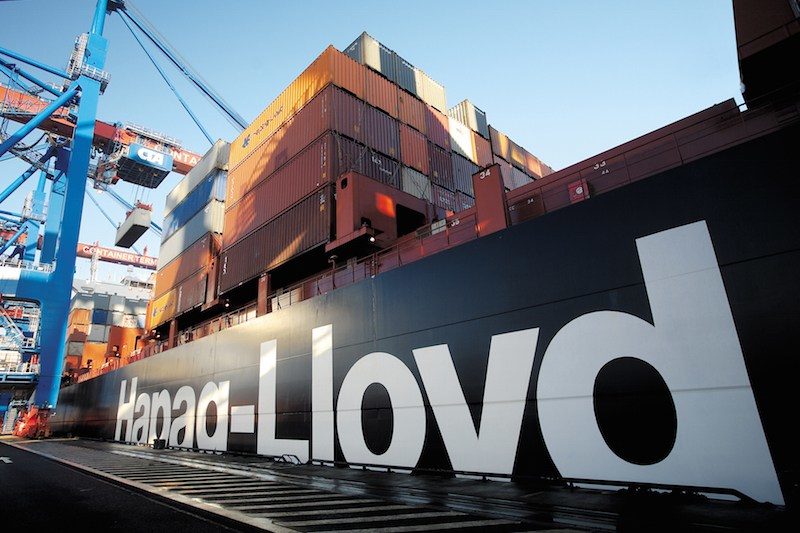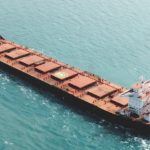Hapag-Lloyd, the world’s fifth-largest shipping company by fleet capacity, has announced plans to order large container ships worth 7 trillion won (approximately $5.1 billion), igniting fierce competition between South Korea and China, according to BusinessKorea.
According to industry sources and foreign media reports August 6, Hapag-Lloyd has initiated inquiries with South Korean and Chinese shipyards for 30 container ships. The order includes 15 container ships of 15,000 to 16,000 TEU (Twenty-foot Equivalent Unit) and 15 container ships of 8,000 to 9,000 TEU. All 30 ships are required to be dual-fuel (D/F) vessels powered by Liquefied Natural Gas (LNG). The project is estimated to cost approximately $5.4 billion (7 trillion won), setting the stage for intense competition between South Korea’s top three shipbuilders and their Chinese counterparts.
The South Korean shipbuilding industry, which has secured work for the next three to four years, has recently focused on “selective orders,” primarily securing high-value-added ships such as LNG carriers and Very Large Ammonia Carriers (VLAC). Container ships, which have relatively lower prices, were pushed to the back of the order list, with most of the orders going to China. As of last month, China had 411 container ships on order, accounting for 57% of the global market share, while South Korea had only 170 ships, with a market share of 32%.
However, with global shipping companies flush with cash due to soaring freight rates, the South Korean shipbuilding industry is also actively pursuing orders for large container ships. Both order volumes and prices have risen sharply, making it profitable. The price of a 15,500 TEU container ship, which was $168.5 million at the end of last year, has now jumped by about 30% to $220 million.
Chinese shipyards are also expanding their production capacity to prepare for the competition, given the higher ship prices. A notable example is China’s Yangzijiang Shipbuilding, which recently acquired an 866,671㎡ site in Jingjiang Economic and Technological Development Zone, Jiangsu Province, to build a new shipyard.
The South Korean shipbuilding industry believes it can gain an advantage over China in the competition if high prices are maintained. While there is little difference in container shipbuilding technology between the two countries, South Korean shipbuilders dominate in the field of ship equipment, such as D/F propulsion engines. A representative example is HD Hyundai Heavy Industries recently securing an order for 12 LNG D/F 15,500 TEU container ships from a European shipping company, presumed to be CMA-CGM, the world’s third-largest shipping company.
The fact that Chinese shipbuilders, with ample order backlogs, are unlikely to adopt a low-price strategy also favors the South Korean shipbuilding industry. China’s current order backlog stands at 74.65 million CGT (Compensated Gross Tonnage), close to the peak of 76.56 million CGT during the global shipbuilding boom in October 2008.
Source: Port News






